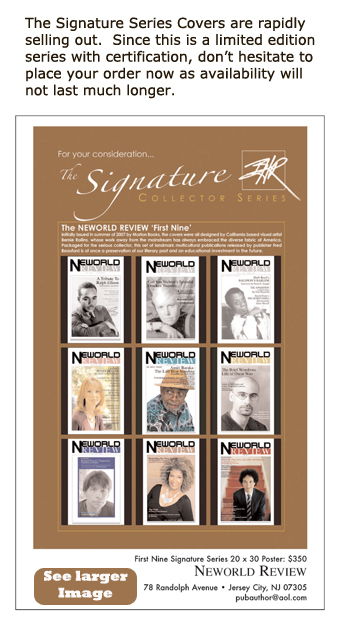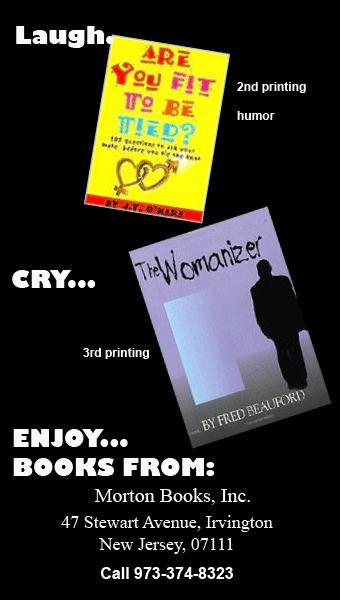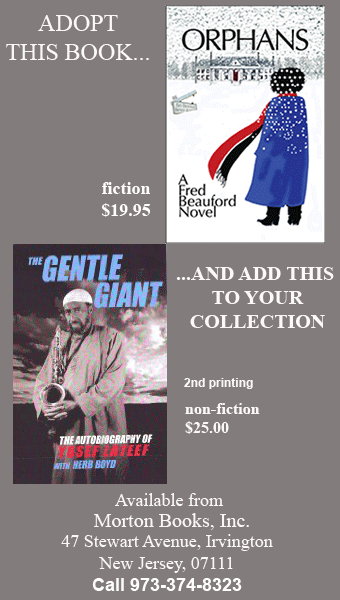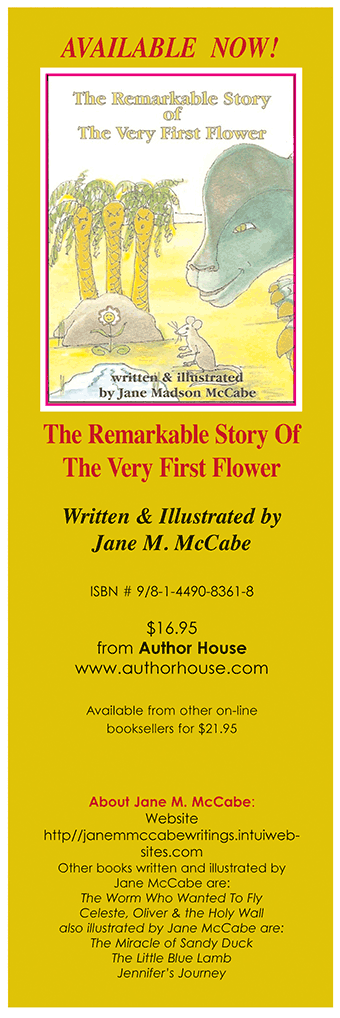ESSAY
Return to the Road
Jack Kerouac and Allen Ginsberg: The Letters
edited by Bill Morgan and David Stanford
Viking Press
An essay by Sarah Vogelsong
My first thought upon seeing Jack Kerouac and Allen Ginsberg: The Letters in the front window of my local bookstore was why has it taken sixty years for this collection to be put together? But the Beat Generation is not much in favor these days, despite our persistent national awe of Kerouac’s On the Road. The silence that has attended this movement may be due to 9/11, or the ongoing strain of war and recession, or perhaps the sense that a generation that found its way by blithely hitchhiking through all forty-eight states while throwing themselves upon the mercy of kind strangers, has nothing to say to our society today, which increasingly believes that we are not safe, and have much to fear. We are a serious society these days, committed to accountability, responsibility, and lying in the bed that we tore apart and left in disarray.>
The Beats were not accepted by most of the population in their day, and were viewed as a band of degenerates, doggedly bent on unraveling the fabric of American civilization. Ginsberg’s Howl was forced to endure a lengthy obscenity trial to prove that it was “not without redeeming social importance” before it was able to be distributed widely; and the public and reviewers often wrote off Beat literature as rebellious, adolescent rantings.
Nevertheless, people paid attention and thousands of books were sold. Something about what these writers were expressing and the way they were living resonated deeply and powerfully with Americans, especially the younger generation.
Few American writers have written as openly as Kerouac and Ginsberg about their minds and experiences, and both revealed the human figure to be as romantic and heroic as we hoped, and as ridiculous and petty as we feared. What the letters in this collection show is how serious and deliberate an effort this was—and most importantly, just how sincere they were. From their first meeting in 1944, whenever they were apart, the two men wrote avidly to each other, recording a relationship that was rooted in both personal affinity and an unshakeable belief in the value of literature as a vehicle of human expression.
The letters offer a model for the best kind of conversation: they are by turns chatty, preoccupied with gossip, probing, funny, brash, argumentative, encouraging, full of practical advice for publication, and endlessly curious on the subjects of what life was all about, and how best to communicate their experiences.
Many of the letters are preoccupied with discussions of how literature ought to be written, and they track Kerouac and Ginsberg’s movement toward spontaneous composition. In February 1952, Kerouac wrote that “the original impulse of the mind is in the ‘prose seed’ or first wild draft of the poem, the ‘formal ode’ is a dull suit covering the great exciting nude body of reality,” subsequently hammering home the point that “the value of your mind is in its spontaneity, it has no other.” In March of the same year, Ginsberg mused on the subject of “dreamy sentences and compound phrases in streams,” concluding that “an American Joycean mode…gets the whole point of your personal myriad sense of enormousness…across.”
Both men became obsessed with the process of auto-writing and sketching as ways to lay the mind bare. In May 1952, Ginsberg wrote, “I am increasingly interested and hung up on your idea of sketches…My own poems are just like your sketches in part, in theory.” The extent to which the men borrowed from each other is also plain: Ginsberg admits that “my fantasies and phrases have gotten so lovingly mixed up in yours, Jack, I hardly know whose is which and who’s used what.”
For those interested in the Beats’ wild literary experimentation, the bones of their finished works can be found here. While critics attacked much of Ginsberg’s poetry and most of Kerouac’s novels as lacking structure or technical mastery, these letters show that the men’s most radical writing occurred in private, and it was through determined labor that the two authors shaped their thoughts—often written in long, tearing sentences lacking punctuation or a grammatical subject, toeing a line between street slang and the rarified terms of European and Buddhist philosophies—into words that could speak to the whole range of American people. In developing these distinctive and democratic voices, the two men used each other as sounding boards.
This open collaboration is the hallmark of the whole collection, and not only highlights the admirable tone of the two men’s friendship, but also the atmosphere of the Beat Generation that was so conducive to artistic exploration and so fertile for its participants. For all of the brotherly support and advice that Kerouac and Ginsberg offered one another, there were spats as well—a particularly harsh one produced by Ginsberg’s criticism of On the Road in practical terms, to which Kerouac responded with a vitriolic letter ending (the ellipses are his): “the time has come for all you frivolous fools to realize what the subject of poetry is…death…so die…and die like men…and shut up…and above all…leave me alone…and don’t ever darken me again.”
Despite such tantrums, however, the correspondence always quickly resumed its normal tone. The level of generosity and the sense that some things were more important than one’s personal bruised ego attest to the spirit of the men’s relationship, as well as their abiding respect for each other as writers in the best American tradition.
Ultimately, the friendship could not overcome Kerouac’s alcoholism, and the letters taper off toward the end of this collection. But, as the editors note, “the high regard each held for the other” never diminished.
We would do well to turn back to the literature penned by the Beat Generation because of the spirit of open discourse and the bravery with which they turned the light of their genius on every facet of their own identities. In an age that is primarily concerned with image—even to the detriment of reality—a valuable counterargument can be gleaned from these writings, and the personal correspondence that undergirds them is the crucible in which these ideals were formed. Kerouac writes of Dean Moriarty in On the Road that “he was settling to his life’s work, which was the study of things themselves in the streets of life and the night”—for anyone who wishes to embark on such a study, delving beneath the surface of what it means to be an American in America today, these letters can provide both a sympathetic and inspiring roadmap.
Sarah Vogelsong is an editor and freelance writer living in Washington, DC.




